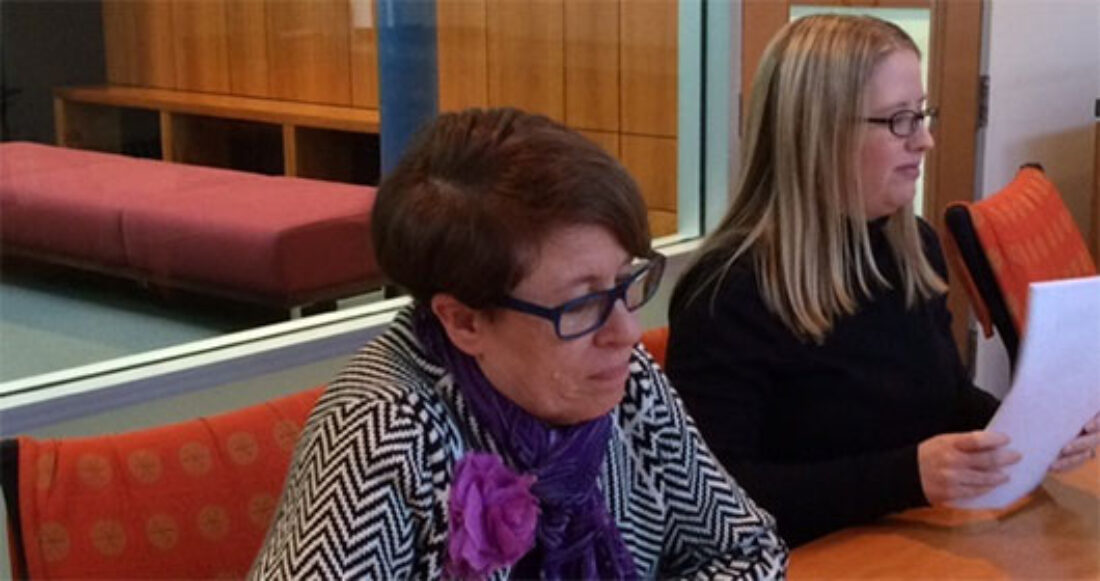Webinar: How to Measure Child Welfare Disparities and Plan Systemwide Improvements

“To address disparities in how children experience the child welfare system, you need to be able to do two things: Use the right data measures and understand the story behind what those measures tell you.”
That key message was shared by Casey Senior Associate Paula Gentry in a recent webinar, Addressing Racial Disparities: Data Strategies for Measuring and Promoting Equity.
“It’s hard to define and measure something if you don’t collect data about it,” said Tracey Feild, managing director of Casey’s Child Welfare Strategy Group. “That’s why child welfare agencies need to collect race and ethnicity data at multiple points throughout the life of a case. Whenever possible, that means starting from the very first point of contact — the hotline — and updating data at multiple points afterwards.”
The webinar explored key recommendations in Casey’s publication, A Child Welfare Leader’s Desk Guide to Building a High-Performing Agency, including strategies for collecting and analyzing data about disparities in Practice No. 4.
Senior Associate Katrina Brewsaugh walked participants through these measures:
- Disproportionality Metric (DM)
- Disparity Index (DI)
- Relative Rate Index (RRI)
In addition to providing formulas for each, she discussed strengths and weaknesses of each approach. “Choose your measure carefully,” she said, “and keep measuring, especially as you implement new practices and policies and work alongside others in your community to make sure the children you serve achieve the best outcomes possible.”
It is critical to analyze what is contributing to disparate outcomes, Gentry said.
“You have to ask, what decision points led to the unintended consequence of racial disparity?,” Gentry said. “What policies or practices contribute to it? And what organizational norms and myths justify or maintain the disparity?”
Senior Associate Robert Matthews defined disproportionality, disparity, equity and equality and discussed Casey’s recommended strategies to address disproportionality and disparity.
The webinar referenced resources that can help agencies improve data collection and analysis, including:
- Measuring Disparity: The Need to Adjust for Relative Risk,
- Primer on Entry Cohort Longitudinal Data,
- Learning about the need to disaggregate agency data by race and
- Casey’s Race Matters Toolkit.
With data about disparity at hand, agencies can develop solutions that address the cause of the disparity and promote systems improvement.
“Is your agency helping all children fare better? That’s the urgent question on which you must continue to focus,” says Feild.
The webinar was the second in a three-part series. The final webinar is:
Getting to Permanence: The Practices of High-Performing Child Welfare Agencies
June 23, 2–3 p.m. EDT
How do the most effective agencies make family relationships and permanence the focus of their casework? A look at practices that improve and build family relationships for all children who come to the attention of your agency.
The first webinar, 10 Practices to Building a High-Performing Child Welfare Agency: An Overview, discussed how to gauge your agency’s effectiveness and chart a course toward measureable improvement.





